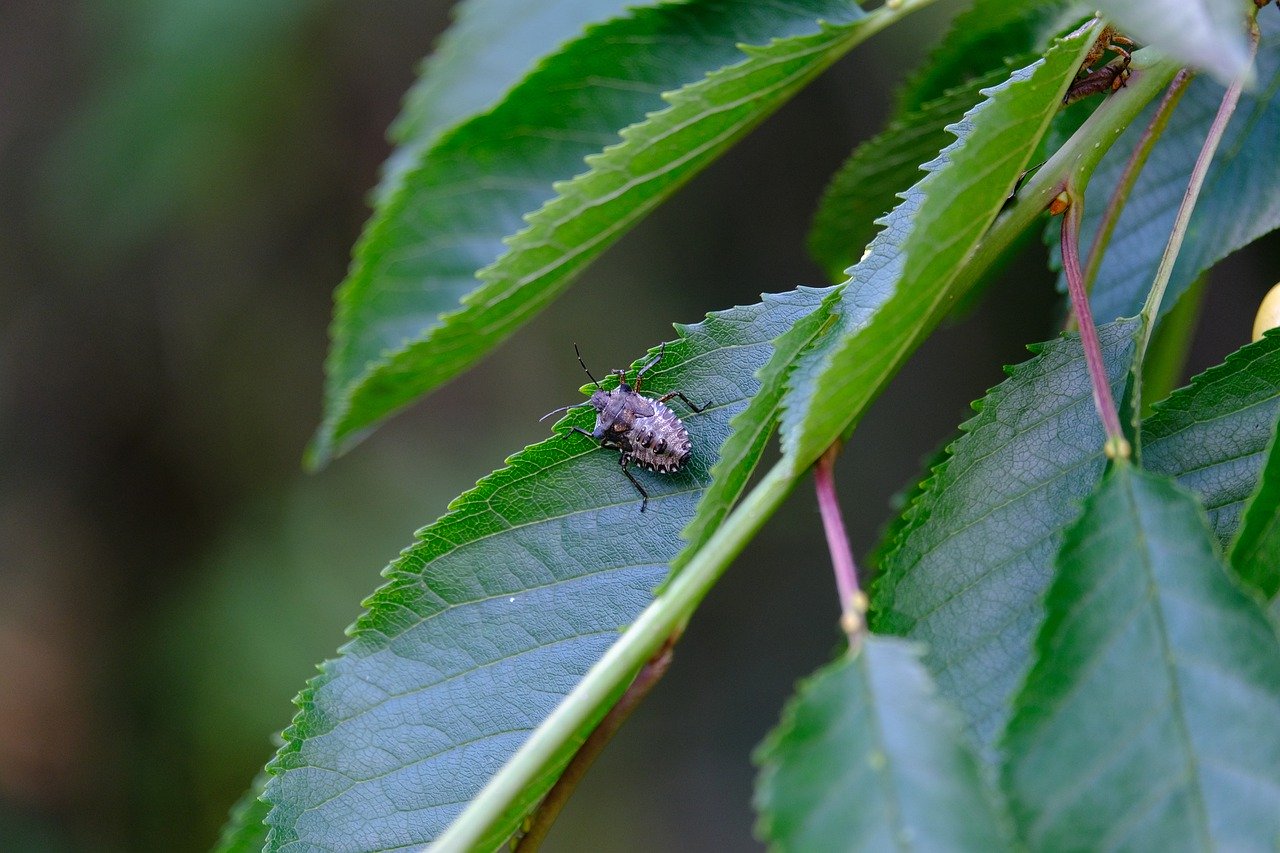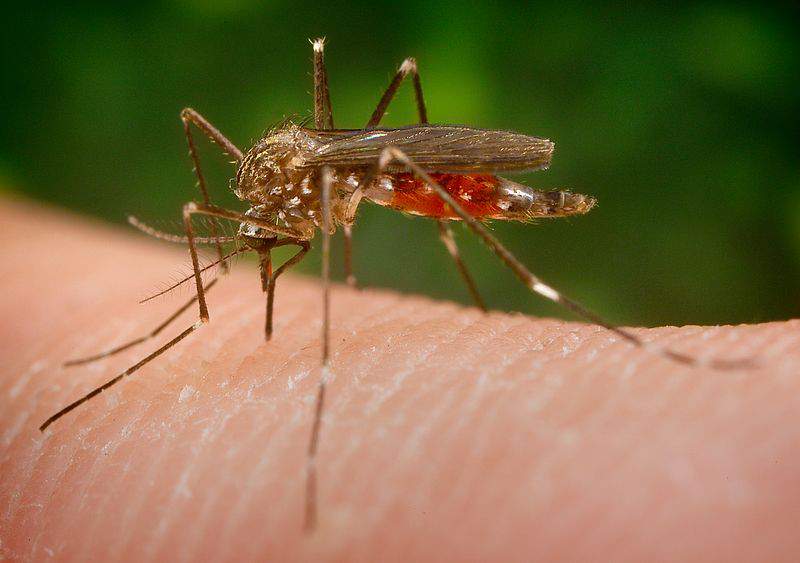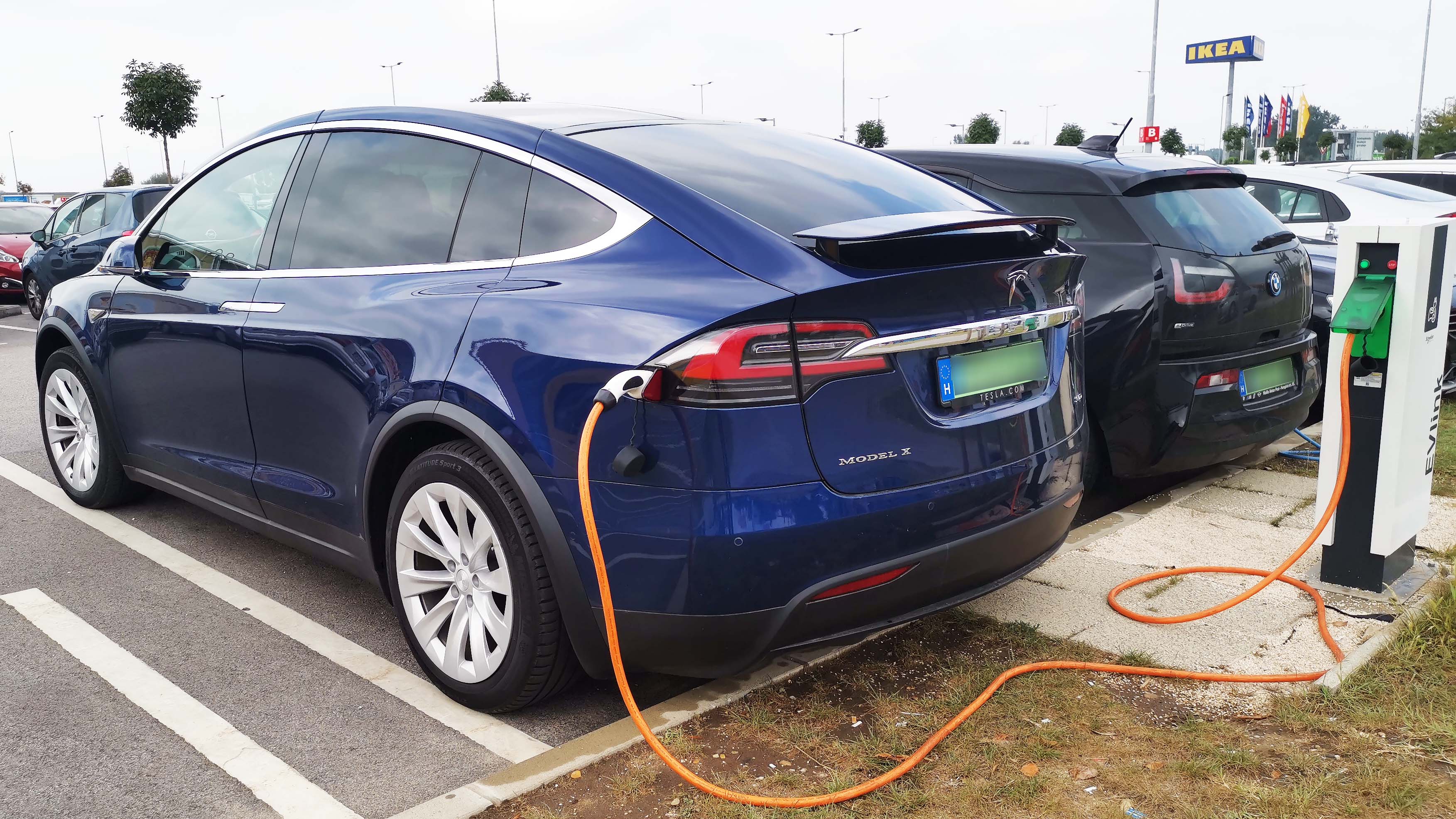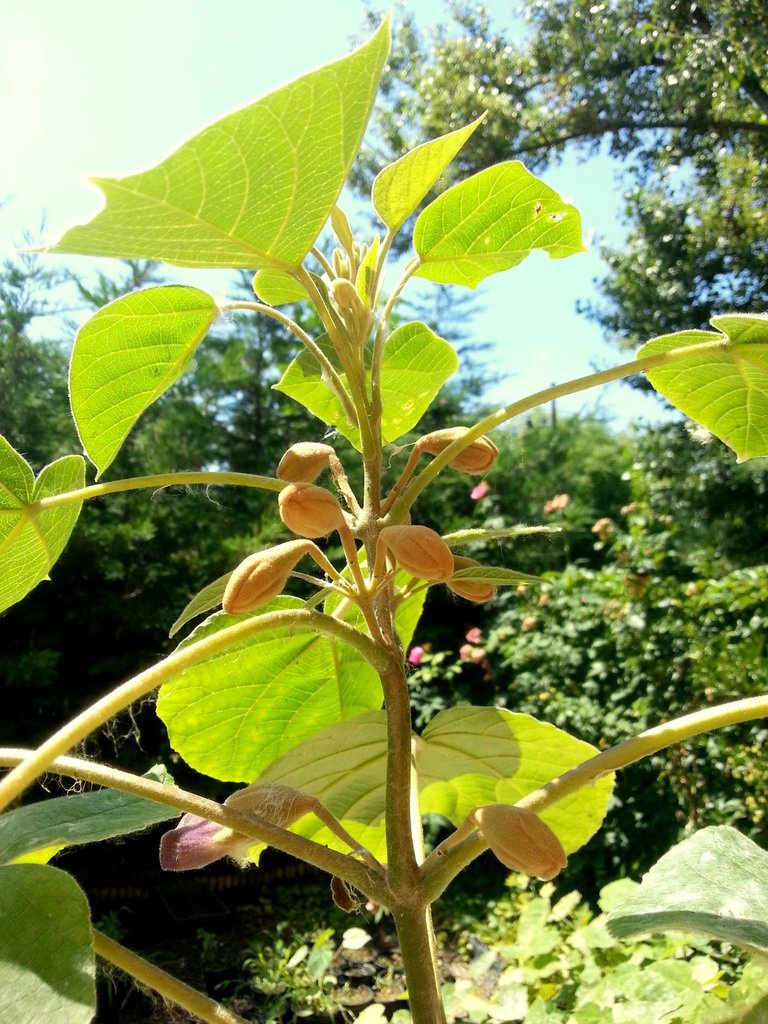Climate change longer term issue than pandemic, says Hungarian President Áder

The issues of climate change and sustainability will remain relevant even after the coronavirus pandemic is over, President Jnos Áder said on Monday, opening Hungary’s Sustainability Week, an event during which schools raise awareness of sustainability.
“Everyone can tell that something has changed in their environment,” the president said in a video message uploaded to news portal Origo.hu. Devastating wildfires, never-before-seen floods, heat records, long droughts, the extinction of certain species and locust plagues are just some of the signs of climate change, he said. Meanwhile, the speeding up of the water cycle has disrupted precipitation patterns, producing extreme rains and often devastating storms, he said.
Natural disasters like these have the potential to cause food shortages in many countries, leading to famines and eventually social tensions and political instability, Áder warned.
“It is not by chance that United Nations Secretary General Antonio Guterres has sounded the alarm and asked developed countries to contribute 200 million dollars to the global fight against climate change,” the president added.
The planet’s rising population results in rising consumption, Áder said, noting that water consumption is growing twice and energy consumption three times as fast as the population. But these rising energy demands are for the most part still being met with the use of coal-fired plants when carbon emissions are the leading cause of climate change, he said.
As part of its fight against climate change, Hungary will be closing its last coal-fired power plant, plans to increase the capacity of its solar plants and will make 90 percent of its energy production carbon neutral within ten years, Áder said. Also, new buses used in public transport will all be electric and a new afforestation scheme will help grow hundreds of thousands of hectares of new forest across the country, he added.









































